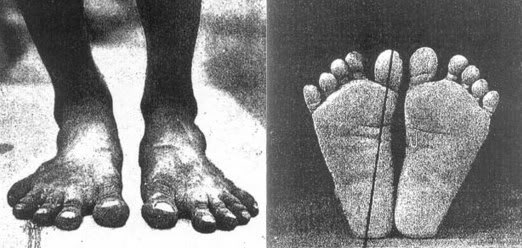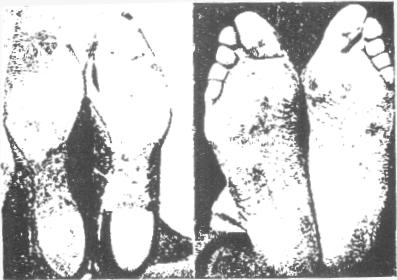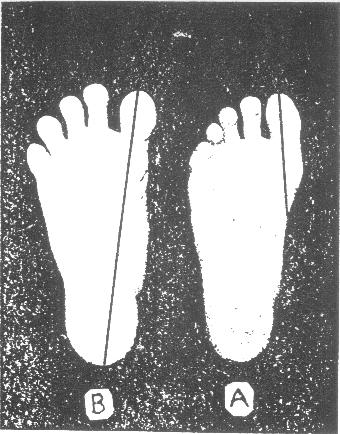Foot Cramp Relief
This video shows you a myofascial release trick to get rid of a foot cramp and prevent it from coming back. Do this frequently, especially if you wear a lot of high heels or very tight, constrictive shoes to keep foot cramps from happening again.
This exercise is great at the end of the day to relax sore, tired feet but be gentle and careful if you have a foot cramp happening while you are doing this. You don’t want to cause extra tension and cramping.


